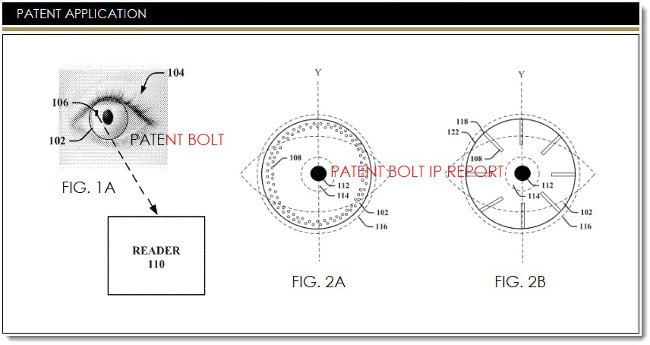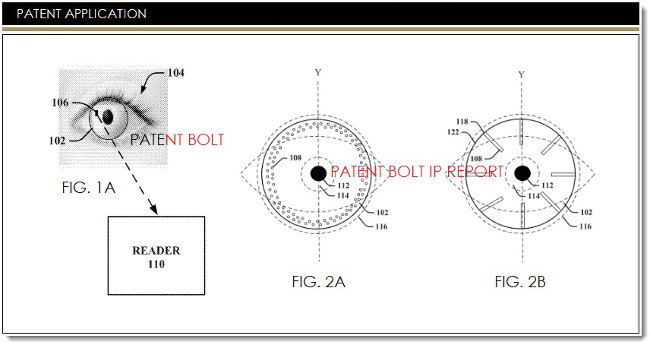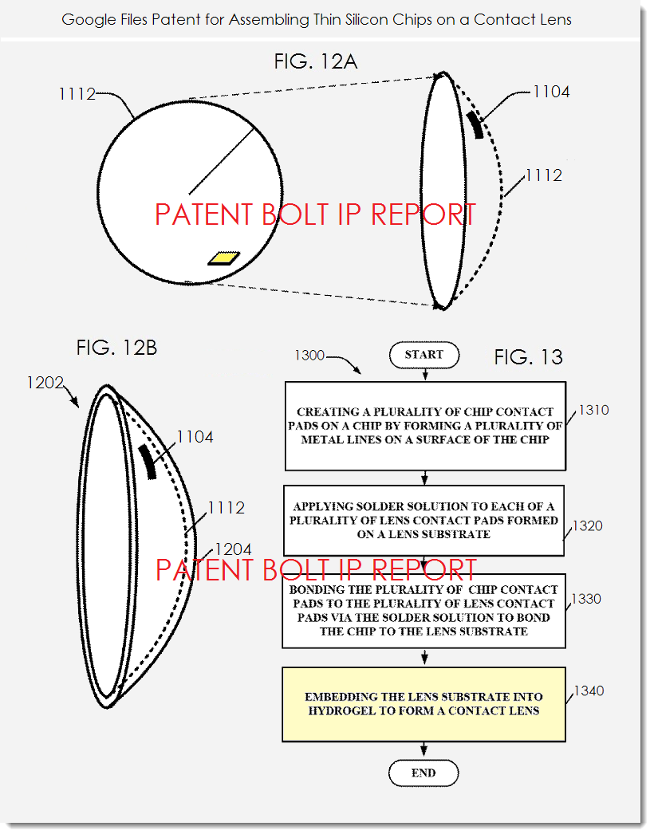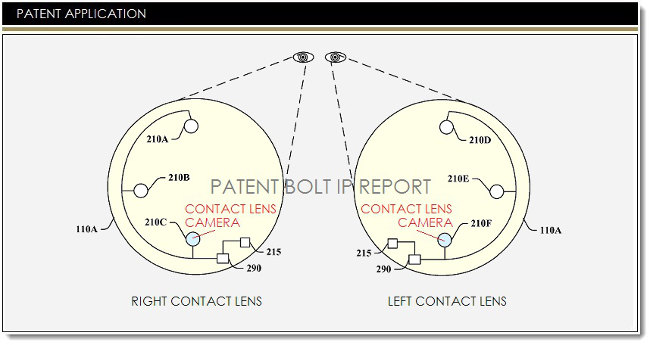
 Magic Leap
Magic Leap
Google is leading the way in an assumed $500 million dollar funding round for Magic Leap, a shadowy company at the technological crossroads of cinema, augmented, and virtual reality. Is "Cinematic Reality" the imaging advancement that usurps holography as the far-flung pinnacle in visual experience? And will it arrive sooner than we think?
Ever since R2D2 first projected the three dimensional video of Princess Leia's plea for help in the first (or is it fourth?) Star Wars film, holograms have been the elusive holy grail of imaging technology. Yet the enormous practical considerations of holography have stunted the field's growth.
Science has still not reconciled that light projected into space needs some object with volume, whether it be a screen or a gaseous substance, to catch and bounce the light, so that we may see what can be described as an image. While RedShark News has covered advancements in holography, these infant-steps have been underwhelming compared with the magic and wonder produced by the film and video game industries, which typically utilize more conventional screens as their canvases.
A New Target?
Let's forget holography for a moment. What if there was some other way to create the illusion of three dimensional objects and video in space? And what if that imaging method could be either shared or completely private, depending on either programmatic application or individual choice?
We may not have to wonder such questions much longer. Magic Leap, a company helmed by CEO Rony Abovitz (who previously flipped his surgical robotics company for a cool $1.65 billion), is quietly at work on what it dubs a "Cinematic Reality" device. This mysterious wearable prototype purportedly distinguishes itself from previous attempts at virtual and augmented reality by using Lytro-like light field technology, allowing the user to view and even interact with 3D objects as if they were really in space. The short term goal, it seems, is to reduce the size of the prototype into a device the size of an ordinary pair of eyeglasses.
Seeing green
It's no wonder that Google would be interested in such technology. When Facebook bought the former Kickstarter-darling Oculus Rift for $2 billion, it launched something of an arms race in the field of virtual reality tech. For as impressive as the Oculus Rift is in its conception and presentation of virtual reality, the Magic Leap device could be several steps ahead in both effect and prospective scope. Instead of buying the company outright (which could happen in the future), Google has led the fundraising charge, pumping an undisclosed amount into a funding round which will likely top $500 million. Venture capital firm Andreessen Horowitz is also reportedly a principal investor of the project.
Glasses or Contacts?
Of course, the marriage of this technology with Google's own augmented reality effort, Google Glass, seems like perfect fit in the short term. But what really makes this interesting is Google's salvo of patents for a contact lens-based wearable computing and display device, which includes not only silicon processors within the contact lens, but the inclusion of a micro-camera as well. When you pair these smart contact lens patents with the development of the Magic Leap "Cinematic Reality" technology, it doesn't take a lot of imagination to envision the pairings' profound implications and possibilities.
We understand that this may seem to some readers as either vapor or irrelevant to the film industry as it stands now. And those naysayers may have a point. Either the Magic Leap or the Google smart contact devices could very well be decades away from being ready for public consumption. But the future of imaging technology could arrive sooner than any of us think, and when we're all walking around with this technology millimeters away from our pupils, what could it mean for our industry? Will people still be interested in traditional cinematic experiences? Or will we have to be just as flexible and innovative in imagining the future of cinema?
At this point, the coming future of wearables, and perhaps cinema, is rapidly approaching, and may arrive just as we think to squint at the horizon. In five years' time, we could look back at our previous fascination with holograms and think, "how quaint..."
Check out reprinted patent images for Google's smart contact lens system on Page Two!
Images of Google's smart contact patents (courtesy of Patently Mobile and Patent Bolt)



Tags: VR & AR


Comments